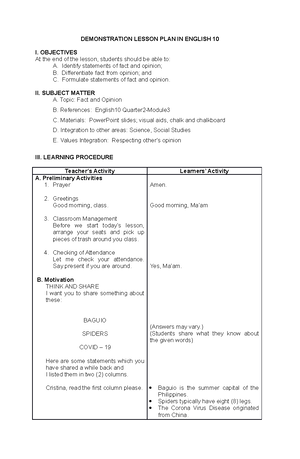- Information
- AI Chat
Was this document helpful?
Bilaza-PROF ED 2 1-5 Standards
Course: English
999+ Documents
Students shared 2433 documents in this course
University: Central Mindanao University
Was this document helpful?

.
• Creativity can take many forms, from building physical models to posing questions. It is the teacher's
responsibility to make students aware that there are multiple paths to understanding and that they must
investigate and ask questions. Teachers should design lessons with a variety of assignment and task
options to encourage creativity. This student-led option will encourage them to use their own initiative,
knowledge, and interests to complete the task. Educators should develop strategies to help students cope
with learning with a creative mind. Similarly, as an inspiration mirror to deepen each student's insights.
Using specific subject situations to improve intellectual creativity and learning outcomes. Furthermore, a
teacher should create a variety of tasks and activities that are of interest to the learner in order to complete
them within the time frame specified.
San Jose Community College
San Jose Malilipot
• Having authentic learning experiences in the range of developing a digital design in the time of digital
age adaptation. To maximize subject learning in context and build the knowledge, skills, and attitudes
outlined in the ISTE Standards for Teachers, teachers create, develop, and evaluate genuine learning
experiences and assessments using modern tools and resourceful manner. Learning and teaching in today's
classrooms often look very different than they did a decade ago. The increasing number and variety of
digital resources available to educators and learners is a significant contributor to this shift. These new
digital tools enable teachers to provide more student-centered learning experiences while also better
meeting students' diverse learning styles, working strategies, and abilities.











